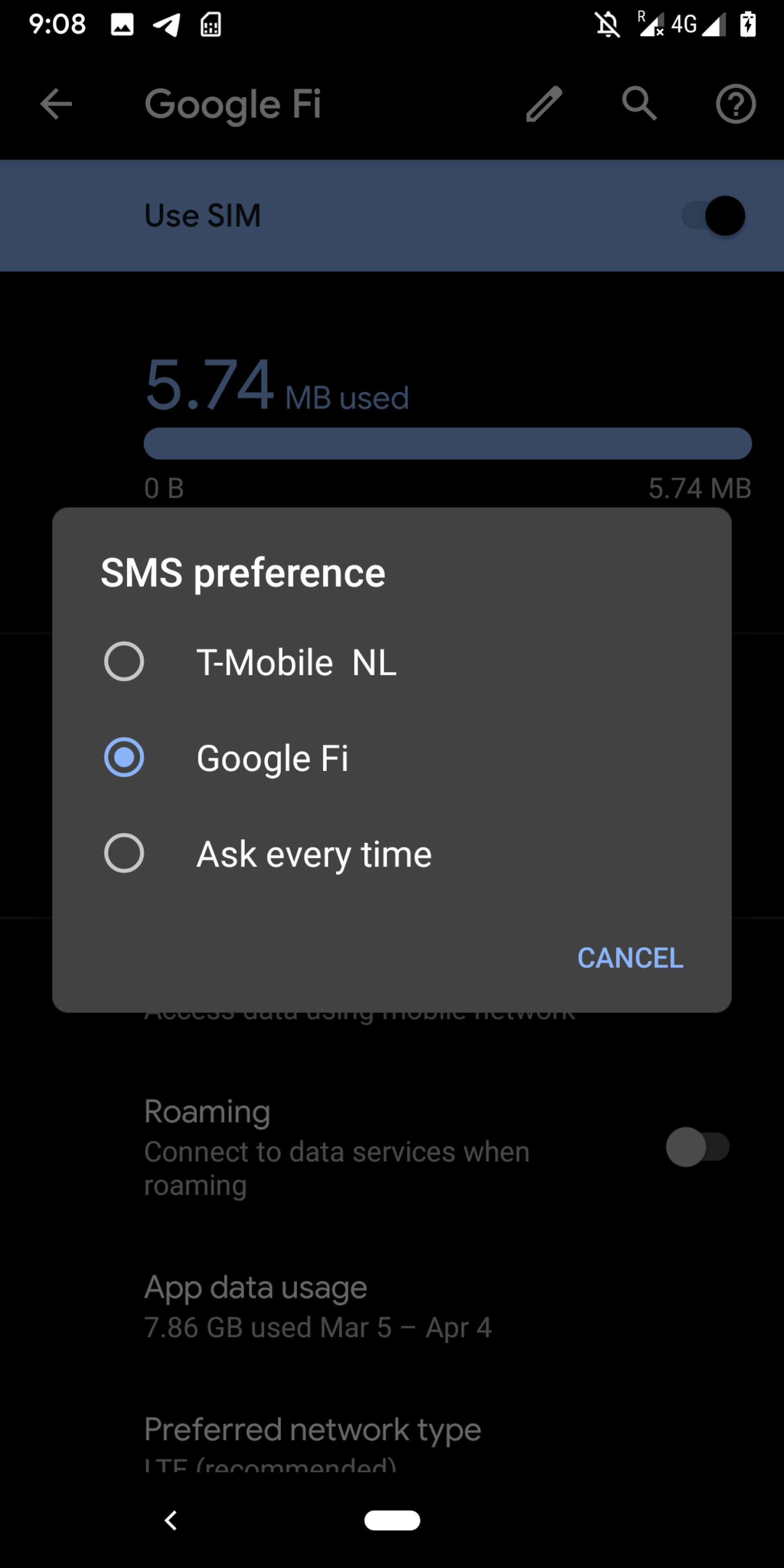A nice surprise from the Android beta program with the latest Q update overnight: Google is retroactively adding support for Dual SIM Dual Standby (DSDS) to the Pixel 3.
DSDS allows you a phone to connect to two networks simultaneously, accessing mobile data on the 'primary' SIM card, but allowing you to receive calls and SMS on the secondary SIM card without switching. It's great for people who travel a lot and need multiple SIM cards—but wasn't a launch feature of Pixel 3, and rumors suggested it might only arrive for Pixel 4.
The Pixel 3 always had the ability to use 'two' SIM cards if you were lucky enough to have a carrier that supports eSIM—just like the iPhone—but required you to swap between the two, only receiving service on one carrier at a time. All the way back at the Pixel 3 launch, I noticed that the hardware underneath supported DSDS, but Google told me it had no plans to bring iPhone-like dual-network support to Pixel 3.

Well, it's here now, and it's fully baked for anyone with a Pixel 3/3XL (as far as I can tell the Pixel 2 doesn't have the right Qualcomm hardware to use DSDS).
In Q Beta 2, if you have an eSIM installed and a physical SIM card in the device and you try to open the network switcher as before, a new message appears: the phone you're using supports DSDS, do you want to use it? The copy here could do with some work—most people don't know what DSDS is yet—but if you accept, the phone reboots and connects to both networks, adding a second signal bar to the tray.

You'll then get a series of questions about your preferences: which SIM card should be used for mobile data? Which SIM is preferred for calls, and which should be used for SMS? Once you choose these, both networks are connected, with the secondary SIM showing a cross for mobile data—as expected—but calls and SMS will come through without issue.
Just like phones with dual physical SIM cards, the Messages and Phone apps adjust slightly to allow you to choose which SIM you're sending from, which is incredibly useful.
I'm excited that Google has added DSDS to Pixel 3, but surprised it's not touting this more heavily: DSDS support for eSIM in the iPhone was a huge feature at launch, and a big advantage for Pixel 3 given how few carriers actually support eSIM. I just hope this doesn't disappear in a future beta!
If you don't see the DSDS message or can't trigger the dual-connectivity mode, you'll need to enable developer settings and flip on two feature flags: settings_mobile_network_v2 and settings_network_and_internet_v2, which should allow you to enable it provided you have two SIM cards in your phone.

